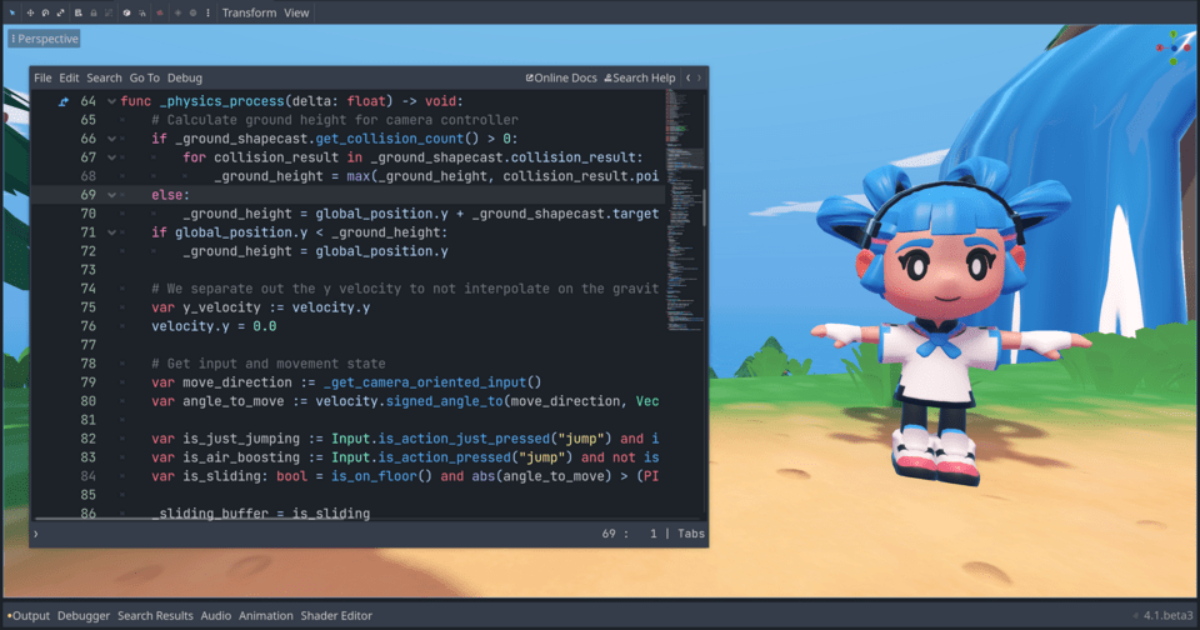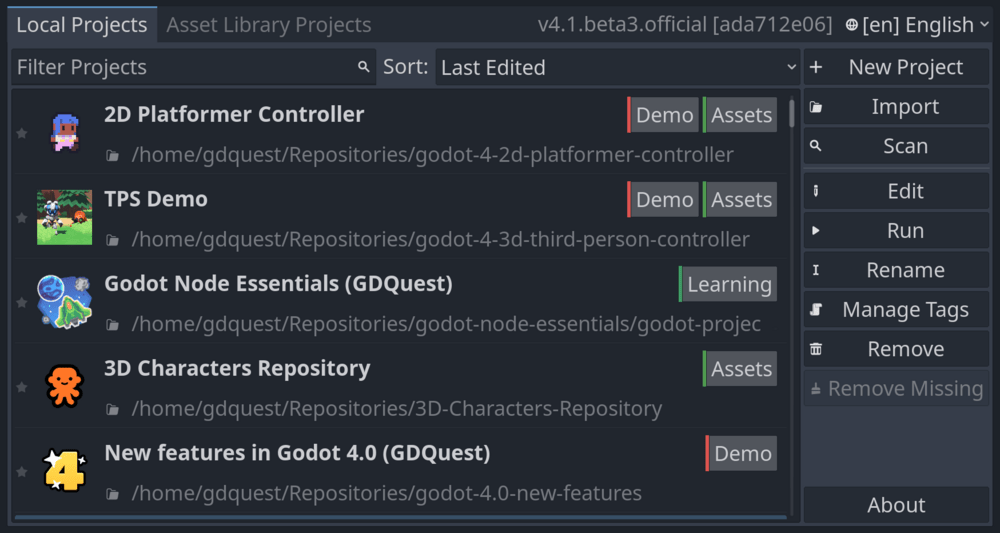Godot 4.1 released with new scripting and rendering features after over 300 contributors working on it for four months
The Godot team has officially released version 4.1 of their open source game development engine. Here are the key features and improvements.

Godot 4.1 was released last week, four months after the launch of Godot 4.0, which first introduced Vulkan support, XR tools, and a new tilemap editor, among other improvements.
In version 4.1, the team improved stability, performance, and workflows, as well as fixed over 900 issues and bugs so that the engine “feel more reliable overall.”
“This release was made possible thanks to submissions from over 300 contributors!” the announcement reads. “We warmly thank you all for your work and dedication, including those who helped us test the engine before the release and submit bug reports.”
Key improvements and features of Godot 4.1
- New experimental multithreading gives users full control over how nodes get processed, sequentially or in parallel.
- The team fixed the issue when models imported into Godot were facing backward by swapping the front and back camera directions in the editor.
- Users can now create static variables in GDScript to store data on the class instead of each instance. On top of that, automatic generation of documentation pages for named classes was added to the scripting language.
- When using C#, devs are now able to define new node types by adding a global class name to their script. However, projects made in C# still can’t be exported to mobile and web platforms.
- Improved scripting capabilities of GDExtension, which allows users to write custom engine modules using low-level languages like C, C++, and Rust.

- Users can now detach docs into floating windows and detach script editors and place them on a separate monitor.
- The ability to export arrays of nodes to the inspector will allow devs to link game objects together.
- The project manager allows users to assign tags to individual projects and filter projects by tags.

- New 3D noise textures allow devs to control the density of volumetric fog and simulate wind that affects particles using NoiseTexture3D.
- The Godot team rewrote avoidance algorithms to give developers better control of AI behavior and navigation.